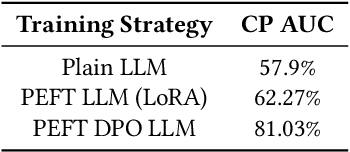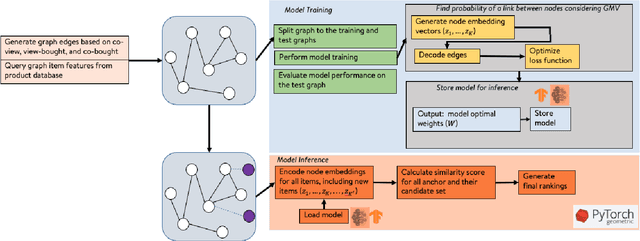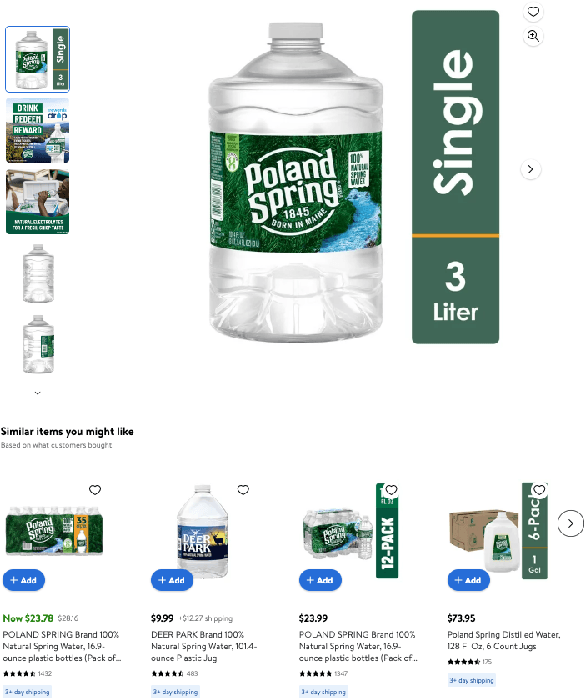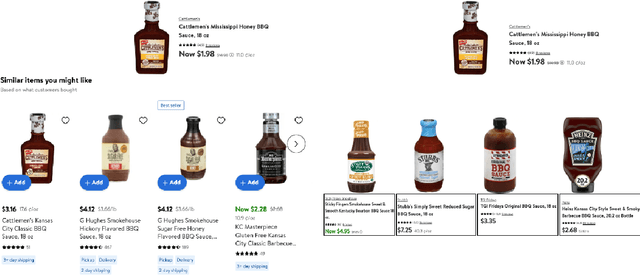Nima Farrokhsiar
Decoding Style: Efficient Fine-Tuning of LLMs for Image-Guided Outfit Recommendation with Preference
Sep 18, 2024



Abstract:Personalized outfit recommendation remains a complex challenge, demanding both fashion compatibility understanding and trend awareness. This paper presents a novel framework that harnesses the expressive power of large language models (LLMs) for this task, mitigating their "black box" and static nature through fine-tuning and direct feedback integration. We bridge the item visual-textual gap in items descriptions by employing image captioning with a Multimodal Large Language Model (MLLM). This enables the LLM to extract style and color characteristics from human-curated fashion images, forming the basis for personalized recommendations. The LLM is efficiently fine-tuned on the open-source Polyvore dataset of curated fashion images, optimizing its ability to recommend stylish outfits. A direct preference mechanism using negative examples is employed to enhance the LLM's decision-making process. This creates a self-enhancing AI feedback loop that continuously refines recommendations in line with seasonal fashion trends. Our framework is evaluated on the Polyvore dataset, demonstrating its effectiveness in two key tasks: fill-in-the-blank, and complementary item retrieval. These evaluations underline the framework's ability to generate stylish, trend-aligned outfit suggestions, continuously improving through direct feedback. The evaluation results demonstrated that our proposed framework significantly outperforms the base LLM, creating more cohesive outfits. The improved performance in these tasks underscores the proposed framework's potential to enhance the shopping experience with accurate suggestions, proving its effectiveness over the vanilla LLM based outfit generation.
GNN-GMVO: Graph Neural Networks for Optimizing Gross Merchandise Value in Similar Item Recommendation
Oct 26, 2023



Abstract:Similar item recommendation is a critical task in the e-Commerce industry, which helps customers explore similar and relevant alternatives based on their interested products. Despite the traditional machine learning models, Graph Neural Networks (GNNs), by design, can understand complex relations like similarity between products. However, in contrast to their wide usage in retrieval tasks and their focus on optimizing the relevance, the current GNN architectures are not tailored toward maximizing revenue-related objectives such as Gross Merchandise Value (GMV), which is one of the major business metrics for e-Commerce companies. In addition, defining accurate edge relations in GNNs is non-trivial in large-scale e-Commerce systems, due to the heterogeneity nature of the item-item relationships. This work aims to address these issues by designing a new GNN architecture called GNN-GMVO (Graph Neural Network - Gross Merchandise Value Optimizer). This model directly optimizes GMV while considering the complex relations between items. In addition, we propose a customized edge construction method to tailor the model toward similar item recommendation task and alleviate the noisy and complex item-item relations. In our comprehensive experiments on three real-world datasets, we show higher prediction performance and expected GMV for top ranked items recommended by our model when compared with selected state-of-the-art benchmark models.
 Add to Chrome
Add to Chrome Add to Firefox
Add to Firefox Add to Edge
Add to Edge